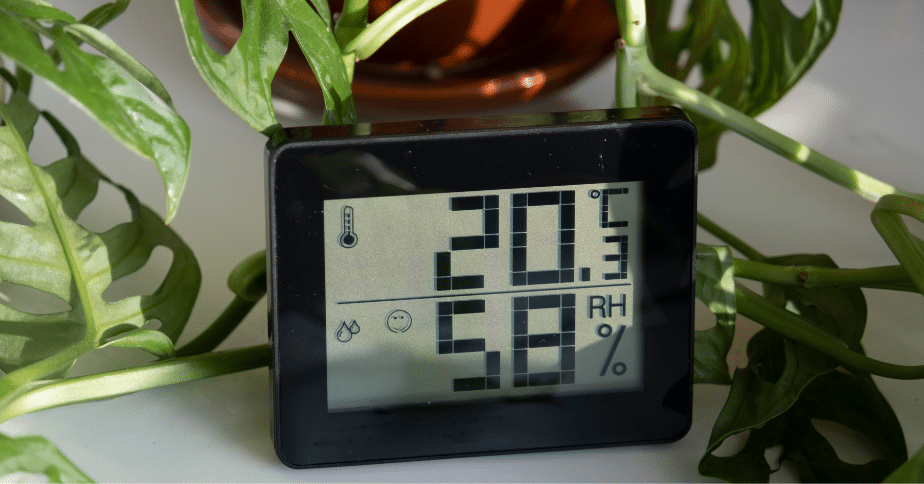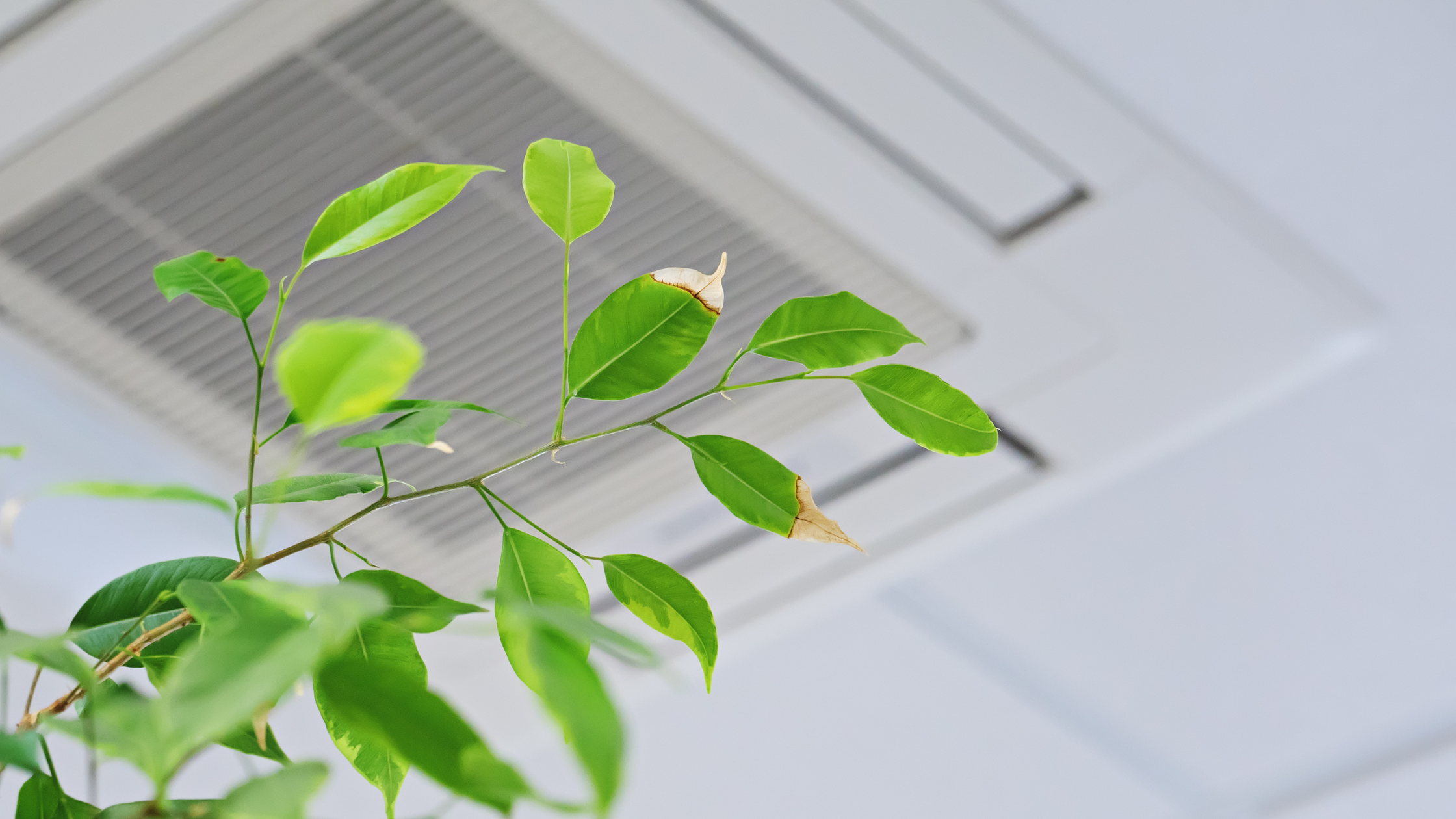Family Health Problems Caused by Poor Indoor Air Quality

Did you know that the air inside your home could be making your family sick? Poor indoor air quality has been the leading cause of health problems in families across the world. As many as 90 percent of Americans spend their time indoors, where there is a higher concentration of pollutants, nearly 2 to 5 times as compared to outdoors. Oftentimes, even the most diligent and conscientious people can unknowingly expose their families to the risk of poor indoor air quality. Indoor air pollution occurs when there is too much stuff inside your home emitting particles into the air that could be harmful to you and your family. The main causes of indoor pollutants include radon gas, volatile organic compounds (VOCs), cooking fumes, and cigarette smoke. Studies suggest that up to 6 million preterm births are attributed to air pollution each year, with indoor air pollution accounting for almost two-thirds of the overall exposure.
How Does Indoor Air Quality Affect Health?
The quality of the air inside your home can have a significant impact on your family’s health. Poor indoor air quality can cause or aggravate a range of health problems, including respiratory illnesses, allergies, and cardiovascular issues. It can also cause headaches, dizziness, and fatigue. In some cases, it can even lead to cancer. A growing body of scientific evidence has linked exposure to certain airborne contaminants with an increased risk of cancer.
Several things can cause indoor air pollution, including smoking, cooking fumes, cleaning chemicals, mold, and dust mites. Even something as simple as poor ventilation can lead to indoor air pollution. The best way to protect your family from the harmful effects of indoor air pollution is to improve the quality of the air in your home. However, one can take simple steps like ventilating your home regularly, using natural cleaners and products whenever possible, and avoiding smoking inside. You should also have your home tested for pollutants regularly to ensure that the air quality is up to par.
Why is Indoor Air Quality Worse Than Outdoor
A major reason why indoor quality is more destructive than outdoor is that indoor spaces are often more enclosed than outdoors, which can trap pollutants and prevent them from dissipating. Additionally, many homes and buildings have inadequate ventilation, which can further contribute to poor indoor air quality. Some common pollutants that can be found in the indoor air include:
- Volatile organic compounds (VOCs)
- Formaldehyde
- Dust mites
- Mold spores
- Biological contaminants
These pollutants can come from a variety of sources, including cleaning products, building materials, combustion appliances, pesticides, and cigarette smoke. People who suffer from asthma or allergies may be especially susceptible to the effects of poor indoor air quality. Additionally, young children and the elderly are also at increased risk. In extreme cases, exposure to toxic levels of pollutants can lead to serious health problems or even death.
Poor Indoor Air Quality Symptoms
If you or your family members are experiencing any of the following symptoms, it could be due to poor indoor air quality:
- Headaches
- Nausea
- Dizziness
- Difficulty breathing
- Fatigue
If you suspect that your home’s indoor air quality is to blame for these health problems, there are a few things you can do. It is essential to try to identify the source of the problem. Is there a particular room in your home that seems to cause these symptoms? Is there a certain time of day when they are more pronounced? Once you have identified the source, you can take the necessary steps to improve the air quality in that area. This might involve opening windows more often, using an air purifier, or avoiding using products with harsh chemicals in that area of your home.
Common Indoor Air Pollutants
Indoor air pollution is a leading cause of illness and death worldwide. The most common indoor air pollutants are particulate matter, carbon monoxide, nitrogen dioxide, and sulfur dioxide. These pollutants are emitted from a variety of sources, including combustion appliances, building materials and products, cleaning products, and tobacco smoke.
Particulate matter is the main component of indoor air pollution. It is made up of tiny particles that can be inhaled deep into the lungs where they can cause a variety of health problems, including respiratory infections, bronchitis, asthma, and heart disease.
Carbon monoxide is a colorless, odorless gas that is produced by burning fuel. It can build up to dangerous levels in homes that have gas stoves or other fuel-burning appliances. Carbon monoxide poisoning can cause headaches, dizziness, nausea, and even death.
Nitrogen dioxide is a gas that is produced by combustion appliances such as gas stoves and furnaces. It can also be released from building materials and products that contain nitrogen-based chemicals. Nitrogen dioxide can cause a variety of respiratory problems, including bronchitis and asthma.
Sulfur dioxide is a gas that is produced by burning coal and oil. It can also be released from certain industrial processes such as smelting and paper manufacturing. Sulfur dioxide can irritate the eyes, nose, throat, and lungs and can worsen respiratory conditions such as asthma.
Impact of Indoor Air Pollution on Children and Older Adults
When it comes to poor air quality, the health hazards are numerous. They range from minor respiratory problems to more serious issues like cancer. While everyone is susceptible to the associated perils of indoor air pollution, infants and older people are more likely at risk. Particularly, for children, the negative effects of indoor air pollution are higher. Schools are especially vulnerable to this problem as they often suffer from poor indoor air quality due to a lack of funds to address indoor environmental issues. In addition, children are still developing and they process toxins differently than adults. Moreover, they are less likely to understand and protect themselves from potential hazards. Adults can also be negatively affected by poor indoor air quality and may even develop adult-onset asthma in particularly vulnerable populations. Children, adolescents, and adults who are sensitive to allergies or have asthma are all at risk for asthma symptoms or exacerbations due to exposure to allergens such as dust mites, pests, pet dander, mold, and secondhand smoke.
Elderly people have a higher propensity for respiratory infections. They are vulnerable to illness because of their aging and their conditions are often exacerbated because of IAQ. Elders have a collective lifetime exposure to pollution and other environmental circumstances, in addition to natural aging health issues. Their limited mobility makes them spend the majority of their time indoors, typically in bedrooms and living-dining rooms which puts them more at risk of acquiring health issues.
Improving Indoor Air Quality
IAQ can have a big impact on family health. However, there are many things that families can do to improve their IAQ and protect their health.
An important thing families can do to improve their IAQ is to reduce the sources of pollution in their homes. Some common sources of indoor air pollution include tobacco smoke, cleaning products, and pesticides. They should also ventilate their homes to allow fresh air to circulate and help remove pollutants from the indoor environment.
Another way is to use an air purifier. Air purifiers can remove a variety of pollutants from the indoor environment, including dust, pollen, and pet dander. Families should choose an air purifier that is designed for the specific needs of their homes.
Families should stay informed about indoor air quality and take steps to protect themselves from exposure to pollutants. Indoor air quality can vary depending on the time of day, the season, and other factors. Families should be aware of these fluctuations and take steps to ensure that they are breathing safe, clean air.
Conclusion
Indoor air quality is often poor, especially in homes with small children. This can lead to several health problems for the entire family. It’s important to be aware of these risks and take steps to improve the air quality in your home. By making some simple changes, you can protect your family and ensure that everyone enjoys good health.
Frequently Asked Questions
The following are brief answers to some of the most commonly asked questions about indoor air quality.
What causes poor indoor air quality?
Many things cause poor indoor air quality, including cleaning products, new building materials, stoves, fireplaces, and stored chemicals. Mold can also be a major reason for bad indoor air quality.
What are the symptoms of bad indoor air quality?
If the air quality is bad inside a home, symptoms that can occur include headaches, dizziness, nausea, and sinus congestion. Other bad indoor air quality symptoms include dry throat, irritated eyes, and fatigue. Sometimes, these symptoms are broadly referred to as sick-building syndrome.
How do you treat poor indoor air quality?
Something that you can do right away to improve poor indoor air quality is to remove potential contaminants, like certain household cleaners and chemicals. You can also use an air purifier. A professional service provider can check the quality of the air inside your home and help pinpoint specific problems so that you better know what to eliminate to improve your health and your family’s health.
How do I know if my indoor air quality is bad?
The best way to know if indoor air quality is bad is to talk to a company like AQA. We can test your air for mold and allergens. You might also have an idea your indoor air quality is bad if anyone in your household is experiencing frequent symptoms and you can’t figure out the reason.



